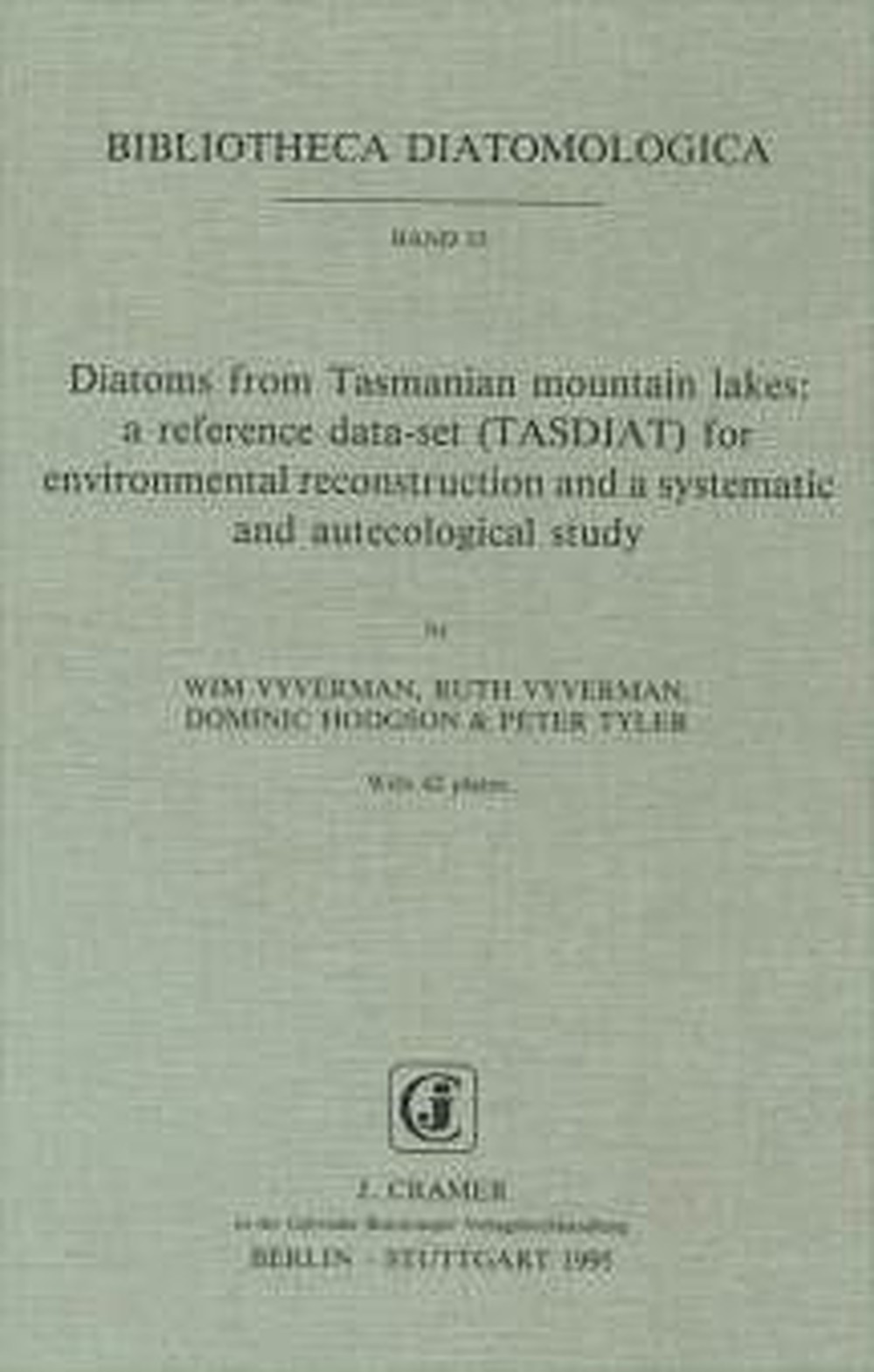Review: Acta Bot. Hung. 40, 1996/97 Haut de page ↑
This volume of the excellent book series is focused on diatom flora of
Tasmanian highland area, comprised diatom records from 76 Tasmanian
mountain lakes. The aims of the book is mentioned by authors in the
introduction. Diatoms are widely used in the northern hemisphere as
indicators of present and past environmental conditions and have
become an integral part of biomonitoring programs. Central this
studies is the development of reference data-sets and the construction
of inference models for specific environmental characteristics,
e. g. pH, total phosphorus, salinity.
Authors think that diatom flora of these lakes can well characterise
different environmental factors, because of ranging from highly acid,
dystrophic lakes to ultraoligotrophic, clearwater lakes. Most of the
lakeland isprotected, with marked terrestrial and aquatic ecological
gradients. It offers the ideal, pristine environment in which to study
the relationships between the distribution of diatoms and
limnological, climatic, pedagogical and geological gradients and/or
discontinuities.
Description of the study area follows by materials and methods. The
chapter "results" starts with the principal component analysis of
chemical variables of the lakes. The autecology of species is
calculated by weighted averaging regression to estimate of individual
species' optima and tolerances. In the taxonomical chapter of the book
280 taxa of 35 genera are discussed. A lot of them are widely
distributed in lakes and river of each continent. We can find the
enumeration of recent reference of each taxon, their light- and/or
electronmicrographs, it synonymy, morphology, distribution and
ecology. In several cases the morphological characterisation of the
taxon is very short, in other cases really detailed. The ecological
characterisation of taxa re poor or seems to similar with
distribution. Sometimes species is mentioned, e. g. "occasional in
mesotrophic lake" but usually, e. g. "only observed in Lake Curly". So
the ecological data are not really useful and difficult to understand
why authors mentioned it at every taxon. We can find misdeterminations
(on Plate 2, Fig. 1 seems not to be Cyclotella Meneghiniana by the
frequency of marginal fultoportulae, or on Plate 16, Fig. 1 seems to
belong to Cyclotella stelligera and not to C. pseudostelligera), but
they do not reduce the value of the book. It is well-illustrated, on
42 plates more than 400 LM or SEM micrographs are presented.
We can recommend this monograph showing the diatom flora of an
interesting area, to algologists, applied hydrobiologists and also for
basic systematic work and university education. This book is useful for
all specialists working with diatoms of lakes and rivers.
K. T. Kiss
Acta Bot. Hung. 40, 1996/97
